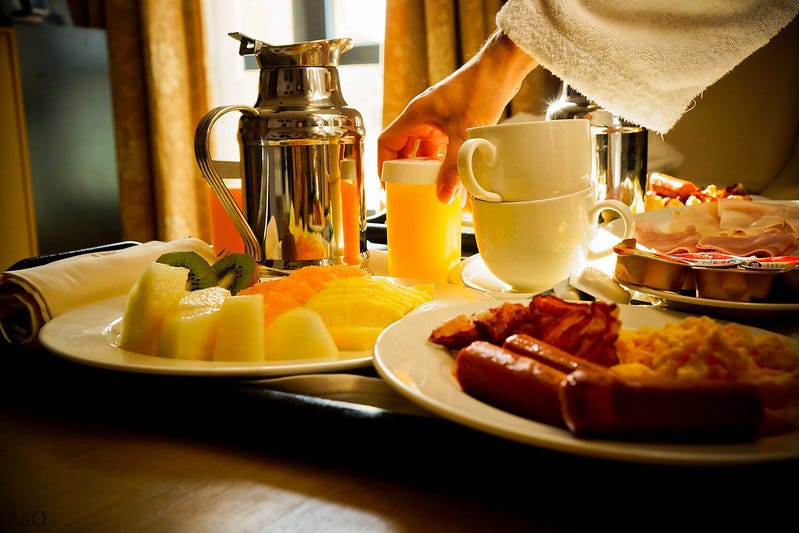Hi-ya,
In the inaugural Thinking Solo newsletter email, I began breaking down the steps one should consider towards self-employment. If you’ve tried freelancing and think the lifestyle will work for you, it’s now time to begin thinking about your financial picture.
Self-employment, whether you’re contracting, launching a solopreneur venture or freelancing, is filled with a lot of unknowns. You don’t know where the next client will come from. You don’t know how long a project will necessarily take. You don’t know how many clients will come to you in a given year.
It’s vital for you to control what you can control.
When it comes to your financial picture, the one thing you can control is your discretionary spending. This doesn’t include things like your mortgage or rent, electricity bills or the fact you need to eat during the month. But what it does mean is finding ways to reduce the spending on other things, like eating out, the number of streaming channels or the price of a new car purchase. Why?
When you’re working for yourself, a key part of profitability will be what you must pay yourself to live. The higher your monthly costs, the more expensive it will be to live and the higher you must pay yourself. This dynamic will force you back into a regular day-job faster, if you set your expense line too high prior to stepping away.
It will take time, no matter what profession you work in to build a stable of clients and have enough recurring revenue to cover your expenses and then some. How successful you’re long-term will depend on how many clients you can bring in, what rates you’re charging and your ability to retain those clients. Your success in the short-term, however, will also depend on your expenses.
By having a high expense line, you’re not giving your solo venture time to build into something that can be truly profitable. You will have to run back to the day job, just to ensure you can pay off your credit card bill.
How much to cut will depend on the person and the profession. If you can find a way to cut 20% from your discretionary income, then that’s a great target to start with. When I started self-employment, I cut going out for drinks. I lived in New York City and was in my late 20s, so it wasn’t uncommon to put up a high tab by the end of the night. By cutting that out, I could reduce my expenses quite easily.
The other thing my wife and I did was cut brunch. These were small decisions that proved valuable to ensure that I didn’t have to worry about covering my bills each month.
Now I go to brunch from time-to-time, and I don’t go out (I have two young children). It has become a lifestyle, one that worked for me and my self-employment efforts.
If you’ve done this, what did you cut? What did you try to cut, but realize you can’t live without? How did it go?
Hope to hear from you and talk to you again soon.
Some extra Solo links:
How do you know a client will become ‘mean?’ In a survey, 41% said that if they start making unreasonable demands. (Fast Company)
Here’s a decent list of potential tax deductions for your self-employment venture. It’s not exhaustive, but a good starting point. (U.S. News & World Report)
If you’re using self-employment for a career change, here’s a piece I wrote on the process. (Thinking Cap Financial)
Photo by _SoFie.
Ryan Derousseau, CFP® is a financial planner and founder of Thinking Cap Financial, where he has a focus on those that want to build flexibility in their career by going on their own. You can find more of his work at ThinkingCapFinancial.com.


